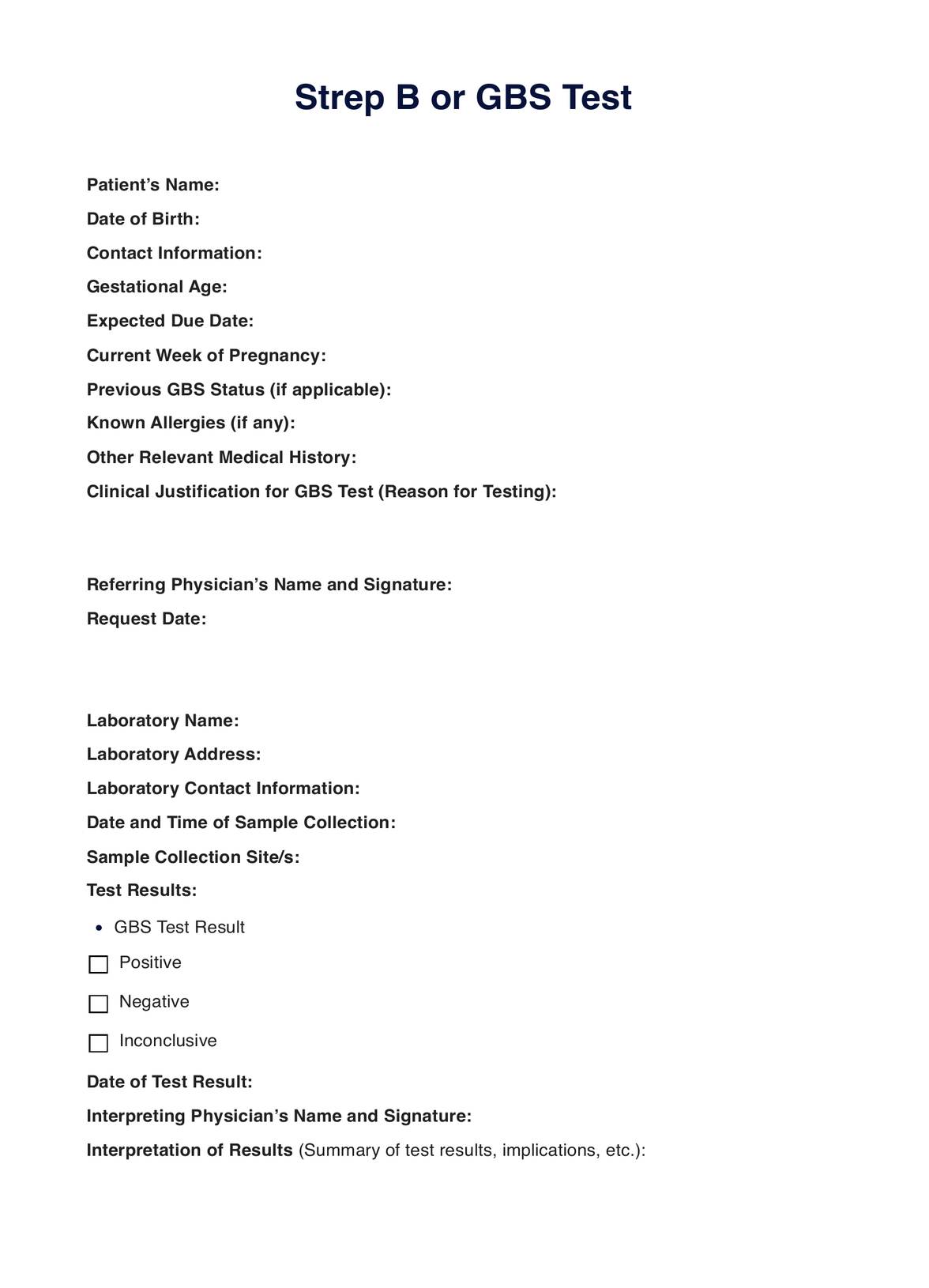Obstetricians, midwives, and infectious disease specialists are the ones who typically request a Strep B test.

Know more about the clinical uses and result interpretations of the Strep B Test through our guide. Get a free request form and analysis template to promote greater health, especially for pregnant women.
Obstetricians, midwives, and infectious disease specialists are the ones who typically request a Strep B test.
The results are requested during the 37th to 38th week of an individual’s pregnancy, and the results are typically used when labor begins.
Though collection can take at most 30 minutes, the results are typically available within a few days.
EHR and practice management software
*No credit card required
Free
$0/usd
Unlimited clients
Telehealth
1GB of storage
Client portal text
Automated billing and online payments